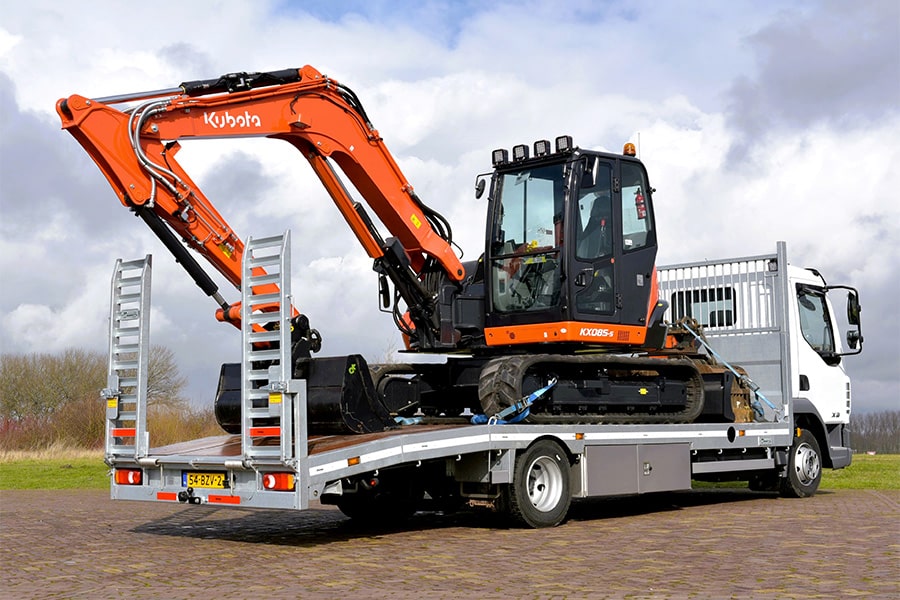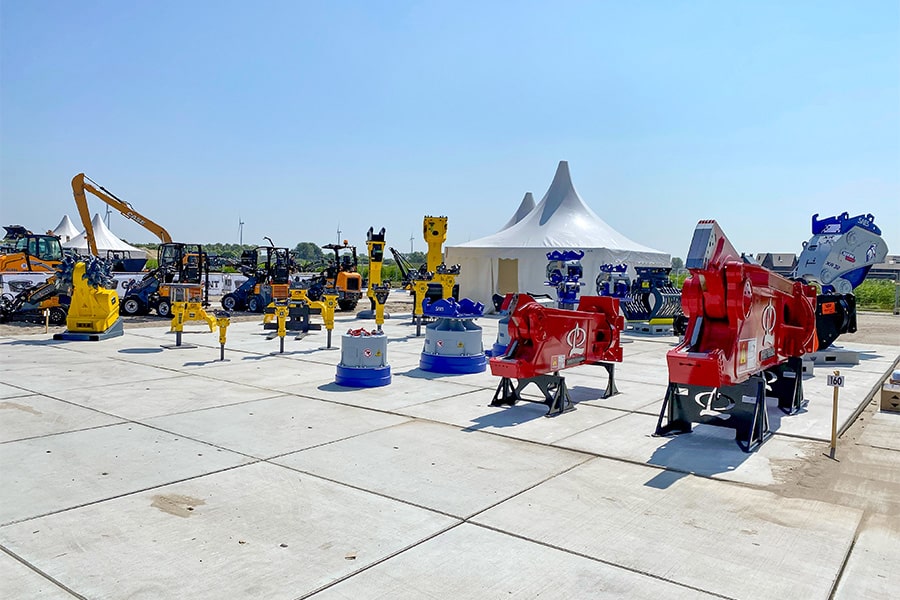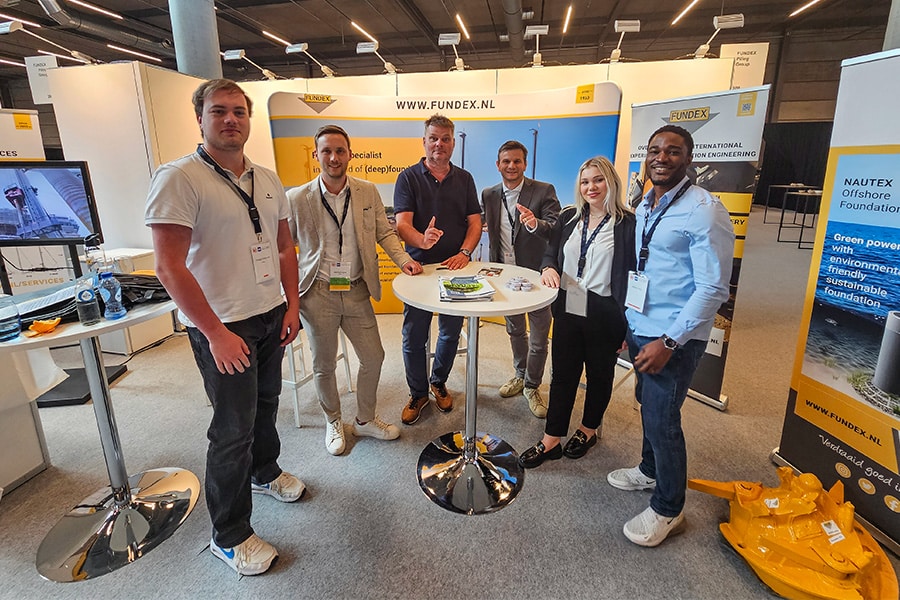
Working on and along the track with in-house developed equipment
"We really do get everywhere by rail," begins Marco Kandt, of the contractor and foundation company of the same name. With more than 40 years of expertise, 60 employees and projects in the Netherlands, Belgium and Germany, the company proves its added value within the world of rail infrastructure every day. "Foundation engineering and rail are close to each other for us. With ProRail as a regular customer, you see us everywhere on and along the tracks. As a foundation contractor, we have various rail-related machines, which we have developed in-house."

Approved for track work and foundation work
"Kandt has cranes and rollers that are approved for track work and foundation work. We have a wide range of foundation equipment that we can get to any place by rail. For example, a track-bound pile driver has been built, which we use to perform piling work for foundations for portals and noise barriers, among other things. We have also developed a number of separate trolley undercarriages, with which we can get material that cannot be moved to its destination by rail. The fact that we can get anywhere by rail with all our machines is fairly unique," says Marco.
When Kandt uses the track, out-of-service repairs must take place. "Unless we can move our equipment via work trains, scheduled into the regular timetable. We are set up on ProRail's PVR, or the 'Profile for Free Space.' Our equipment is completely within the framework of the dimensions described in the PVR." Kandt thus specializes in rail in addition to their normal foundation capabilities.

Anchors for catenary portals
Current at Kandt BV is a project involving anchoring for catenary portals. Marco explains: "We placed dish anchors at the portals in Sevenum, commissioned by BAM Rail. The portals from which the overhead wires hang stand on concrete blocks. People used to stabilize the concrete blocks with a connecting rod between them. Those tie rods are obstacles for today's trains that lay rails automatically. So those tie rods must disappear, but without compromising the stability of the gantry. We therefore drill dish anchors to the left and right of such a concrete block, which protrude diagonally under the track. For each concrete block, these anchors are interconnected with a support beam, which sits against the concrete base. Thus, the portal leg is fixed and the train laying rails has ample room."

A true family business
Marco's father, Arie Kandt, started repairing and rebuilding machines himself more than 40 years ago from nothing. Today, that is one of Kandt BV's unique areas of expertise. "We build, rebuild and modify machines. For every challenge we try to find our own solution. This is how our own brand Kandt Special Crane was developed. We work in subcontracting a lot with ProRail and Movares and are involved in the construction of various underpasses. Think also of the foundations for Rotterdam Centraal, Amsterdam Centraal, Utrecht Centraal and The Hague Centraal. We also find ourselves working on large projects such as the Zuidas."

Kandt is well attuned to deadlines, which are rock-hard in the infra sector, including rail projects. "Thanks to our own means of transport, we can switch very quickly and also act very quickly in the event of calamities on or along the tracks," Marco said. "The decisiveness and resourcefulness is in the DNA that Arie gave this company. He has literally and figuratively 'put Kandt BV on the rails' and we are proud of that!"



